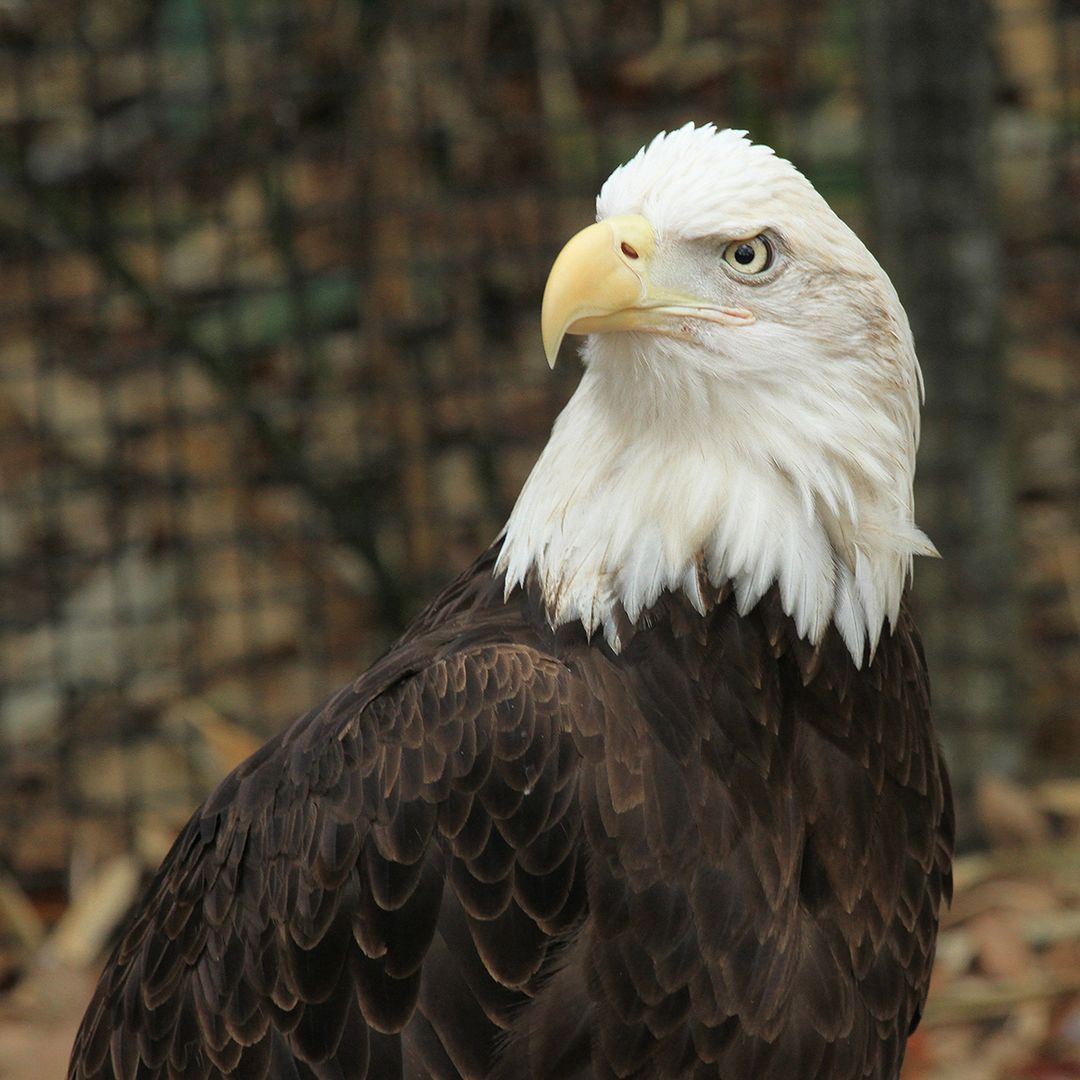But let’s get straight: it’s not just about the animals. Have you ever thought about a bald eagle as it soars overhead, its stark white head standing out against the blue sky? Or what about a sea otter floating on its back, blissfully unaware of the world around it? While majestic and full of life, these animals weren’t always so secure. Thanks to the U.S. Federal Government’s Endangered Species Act, they have a fighting chance at survival.
You see, the Act, enacted in 1973, does something extraordinary – it stretches out its extended arms to embrace endangered animals and their habitats too. It’s a grand, sweeping gesture, a kind of insurance policy for nature.
You might think, “Okay, so it’s about preserving forests and oceans. Big deal!” Well, here’s where it gets interesting. The Act’s habitat protection includes more than just large swaths of land or expanses of water. It shelters specific areas where animals feed, breed, and grow. For example, that teeny tiny pond in your backyard? It could be a crucial breeding ground for a particular species of frog!
It’s a delicate dance between preserving the natural world and continuing our development. I’m reminded of the phrase “The butterfly effect” — the idea that even the most minor action can have far-reaching effects. In this case, it’s not so much a fluttering butterfly but the careful planning and preservation efforts that can lead to significant impacts.
Remember our friend, the bald eagle? Back in the ’60s, there were fewer than 500 nesting pairs in the lower 48 states due to DDT poisoning. Now, there are thousands of them, thanks to the Endangered Species Act and the crucial habitat protection it provided.
But let’s not get too starry-eyed. This legislation isn’t without its challenges. Sometimes, efforts to protect a species can ruffle a few feathers (pun intended). Property owners might not be thrilled about land-use restrictions if a protected species takes up residence. There’s a constant need for balance – between the property owners’ rights and our wild neighbors’ needs.
And yet, the Act is our country’s most potent defense against species extinction. It is our way of saying, “Yes, we share this planet, and yes, we care about our co-inhabitants.”
As you walk through the lush forests, stroll along the beaches, or even watch the birds in your backyard, spare a thought for the silent heroes of the story – the comprehensive policies and far-reaching measures like the Endangered Species Act that help maintain the rhythm and balance of life. Ultimately, it’s all about keeping our earth vibrant, diverse, and teeming with life.
So, the next time you see that bald eagle soaring in the sky or the sea otter floating in the ocean, remember the invisible safety net spread beneath them. Isn’t it something to marvel at?

